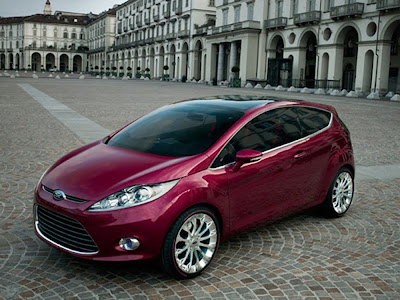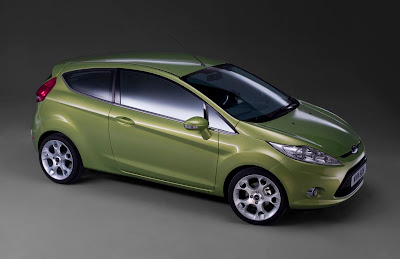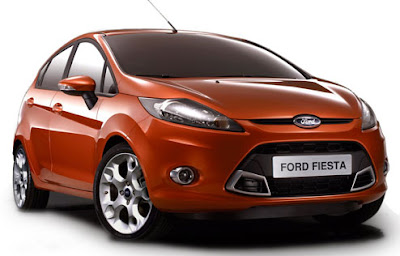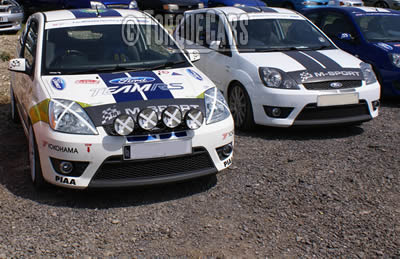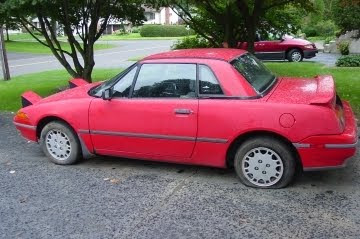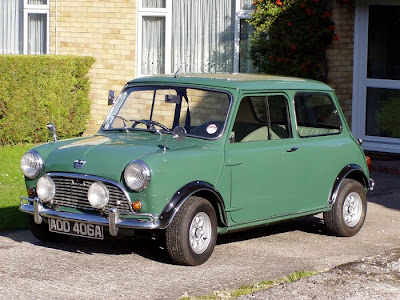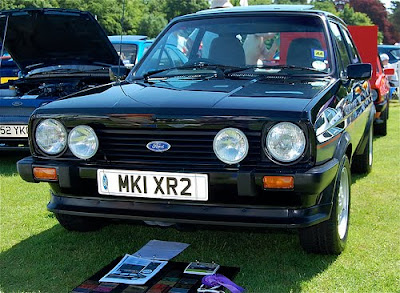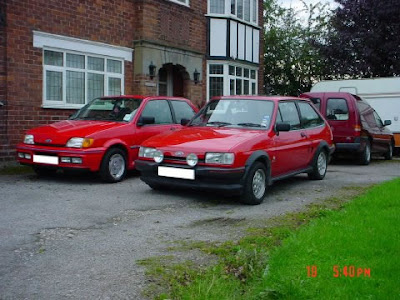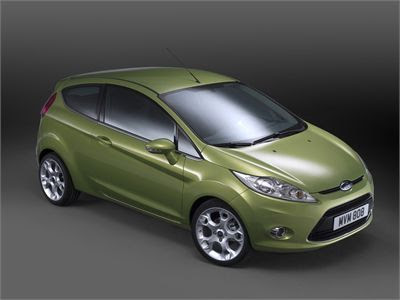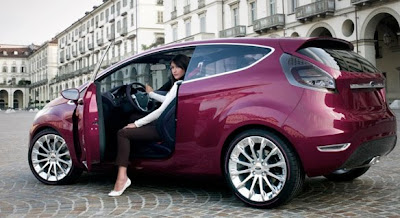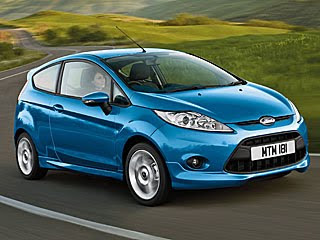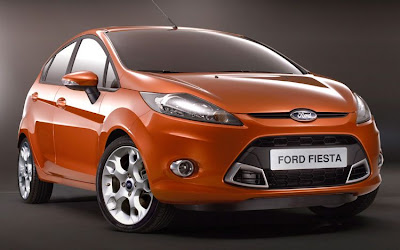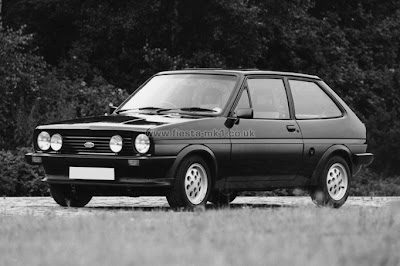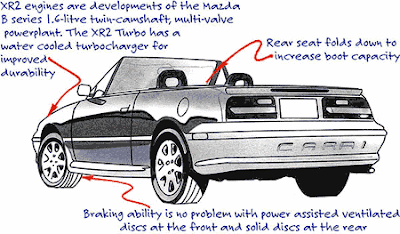Used New Ford Fiesta XR2 Cars Parts 4
Wednesday, December 1, 2010
9:18 PM
,
0 Comments
ป้ายกำกับ: Austin Metro , Fiesta , Ford Cars , Ford Escort , Ford Fiesta , Ford Fiesta XR2 , Ford Fiesta XR2 Cars , Ford Kent OHV engine , Ford Pinto , Ghia , Kent engines , Mark I Fiesta , Mini-car , OHV petrol engines
ป้ายกำกับ: Austin Metro , Fiesta , Ford Cars , Ford Escort , Ford Fiesta , Ford Fiesta XR2 , Ford Fiesta XR2 Cars , Ford Kent OHV engine , Ford Pinto , Ghia , Kent engines , Mark I Fiesta , Mini-car , OHV petrol engines
Used New Ford Fiesta XR2 Cars Parts 4
Ford Fiesta XR2 Cars
Ford Fiesta XR2 Mark I (1976–1983): The first generation
Mechanically, the Ford Fiesta followed tradition, with an end-on four-speed manual transmission mounted to a new version of the Ford Kent OHV engine, dubbed "Valencia" after the brand new Spanish factory in Almussafes, Valencia, developed especially to produce the new car. Ford's plants in Dagenham, England, and Saarlouis and Cologne (from 1979) in Germany, also manufactured Fiestas. To cut costs and speed up the research and development, many modified Kent engines destined for the Fiesta were tested in Fiat 127s - at the time considered the benchmark car in the class, with which the Fiesta shares styling similarities. This also allowed covert road testing across Europe.
It was the first Ford vehicle to feature front wheel drive, and when it went on sale in the UK in January 1977 it was available from £1,856 for the basic 950cc engined model.
It was only the second hatchback mini-car to have been built in the UK at this stage, being launched a year after the Vauxhall Chevette, but a year before the Chrysler Sunbeam and four years before the Austin Metro. The millionth Fiesta was produced on 9 January 1979.
The car was available in Europe with a 957 cc (58 CID) I4 (high compression and low compression options), either a 1.1 and 1.3 L OHV petrol engines and in Base, Popular, L, GL (1978 onward), Ghia and S trim, as well as a van. The U.S. Mark I Fiesta was built in Cologne, Germany but to slightly different specifications; U.S. models were Base, Decor, Sport, and Ghia, the Ghia having the highest level of trim. These trim levels changed very little in the Fiesta's three year run in the USA, from 1978-80. All U.S. models featured the more powerful 1.6 L Kent (97 CID; 1597cc) inline-four engine (fitted with a catalytic converter and air pump for lower emissions), energy-absorbing bumpers, side-marker lamps, round sealed-beam headlamps, improved crash dynamics and fuel system integrity as well as optional air conditioning (a/c was not available in Europe). In the U.S. market, the Ford Escort replaced both the Fiesta and the compact [Ford Pinto|Pinto] in 1981.
It was the first Ford vehicle to feature front wheel drive, and when it went on sale in the UK in January 1977 it was available from £1,856 for the basic 950cc engined model.
It was only the second hatchback mini-car to have been built in the UK at this stage, being launched a year after the Vauxhall Chevette, but a year before the Chrysler Sunbeam and four years before the Austin Metro. The millionth Fiesta was produced on 9 January 1979.
The car was available in Europe with a 957 cc (58 CID) I4 (high compression and low compression options), either a 1.1 and 1.3 L OHV petrol engines and in Base, Popular, L, GL (1978 onward), Ghia and S trim, as well as a van. The U.S. Mark I Fiesta was built in Cologne, Germany but to slightly different specifications; U.S. models were Base, Decor, Sport, and Ghia, the Ghia having the highest level of trim. These trim levels changed very little in the Fiesta's three year run in the USA, from 1978-80. All U.S. models featured the more powerful 1.6 L Kent (97 CID; 1597cc) inline-four engine (fitted with a catalytic converter and air pump for lower emissions), energy-absorbing bumpers, side-marker lamps, round sealed-beam headlamps, improved crash dynamics and fuel system integrity as well as optional air conditioning (a/c was not available in Europe). In the U.S. market, the Ford Escort replaced both the Fiesta and the compact [Ford Pinto|Pinto] in 1981.













